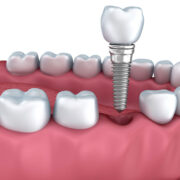Basal dental implants are small devices that are placed into the bone of the jaw to support an artificial tooth. It is a small, cylindrical screw made of titanium and other materials. The implant has two parts: an outside shell called the “crown” and a smooth inner surface called the “root”. Basal implants can be used for replace missing teeth. They are available in different lengths, diameters, and lengths depending on your specific needs. When placing an artificial tooth on top of a basal implant, it is important to remember that it will take some time for your gums to recede so that you can place the tooth snugly against the implanted anchor.
What exactly is the basal implant?
The basal implantology, which is also called cortical, or Biocortical Implant System, has been developed and it includes the positioning of implants at the basal cortical bone, which offers exceptional quality cortical bones because of the preservation of those complex implants. The Basal Implant would be the most innovative among implants, effective for any state of bone. It may be used on patients who have bone density and bone mass.
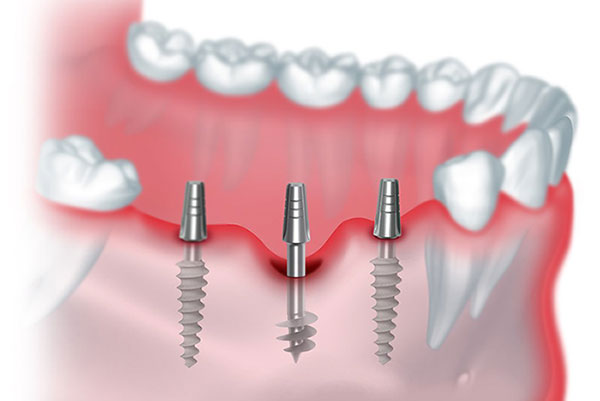
These implants participate in the exceptionally dense cortical bone that has the least propensity to get resorption. Basal bone is found in everybody, despite acute bone loss due to gum disease or lack of teeth. The basal implant is also known as an orthopaedic implant since they apply principles of oesophageal surgery unlike the normal dental implants available. A significant reason to utilise the bone to put the implants rather than the alveolar bone is that the stress-bearing field of dental implant placement website at the alveolar bone may also be filled with teeth instantly.
Basal implant approach
The usage of basal implants to restore a role within an atrophied mandibular alveolar ridge is a powerful alternative to using conventional implant processes. These implants may be exposed to moderate loading following instant insertion. It’s also beneficial to the individual in the facets of Quicker Renovation of masticatory function, Cost-Effectiveness, and loss of further surgical invasive processes.
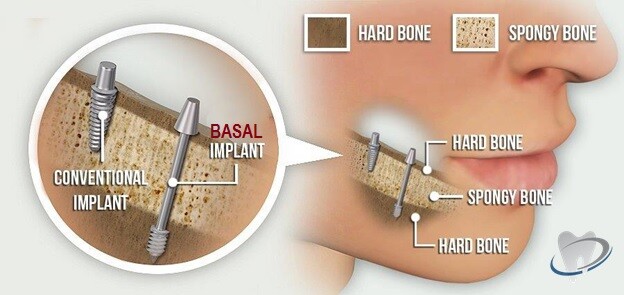
Therefore, the regular use of the technique to aid in supplying a fixed solution to patients that cannot be suggested for traditional implant designs is possible. But, good knowledge and training have to completely guarantee the achievement of those implants.
What is the purpose of a basal implant?
A basal implant is a device that is surgically inserted into the bone of the lower jaw. The implant is used to attach a fixed dental prosthesis, such as an artificial tooth or bridge. The implant anchors the artificial tooth to the jawbone and helps maintain the alignment of the adjacent teeth. The most common reason to use a basal implant is to replace a missing tooth. A dental bridge is a fixed dental prosthesis that uses two or more artificial teeth to replace one missing tooth.
A common problem with dental bridges is that they are very fragile and can break easily. A basal implant can be used in place of a dental bridge to support an artificial tooth. In this situation, the implant replaces the weak dental bridge by anchoring the artificial tooth directly to the jawbone. T
Who can benefit from a basal implant?
A basal implant can be used to replace a missing tooth. Patients who are missing a tooth or several teeth in the lower jaw may benefit from a basal implant. A dental bridge can be difficult to maintain, and a dental implant will help to stabilize the adjacent teeth. This can help stabilize the teeth.
How do basal implants work, and are they right for you?
- A basal implant is placed surgically into the bone of the lower jaw. The implant is used to attach a fixed dental prosthesis, such as an artificial tooth or bridge. An artificial tooth attached to a dental implant is more stable than a dental bridge and is less likely to break.
- Basal implants are used to support single and multiple unit restorations in the upper and lower jaws. They can be placed in the extraction sockets and also in the healed bone. Their structural characteristics allow placement in the bone that is deficient in height and width.

- Study results. The overall success rate of basal implants placed in the jawbone is 98.9%. Basal bone is a highly dense jaw bone, which is resistant to infections. It provides the best support to the implants as it is stronger than the crestal alveolar bone.
How are basal implants placed?
The placement of a basal implant can be done in two ways: open or closed surgery. Open surgery involves an incision in the gums, whereas closed surgery does not require an incision. The choice of placement depends on the patient’s condition. Patients who are smokers, have poor oral hygiene or have other conditions that could delay healing should consider having the surgery done using the open method. Patients with good oral hygiene may be candidates for the closed surgical method.
Side effects and risk of these implants
A basal implant is generally a safe and effective treatment for replacing missing teeth. However, like all dental procedures, there are certain risks and side effects that you should be aware of prior to having the procedure done.
Infection: This is a rare complication that can occur if you do not practice proper oral hygiene.
Nerve injury: This can result in pain, numbness, and tingling in the lower lip, chin, and jaw areas.
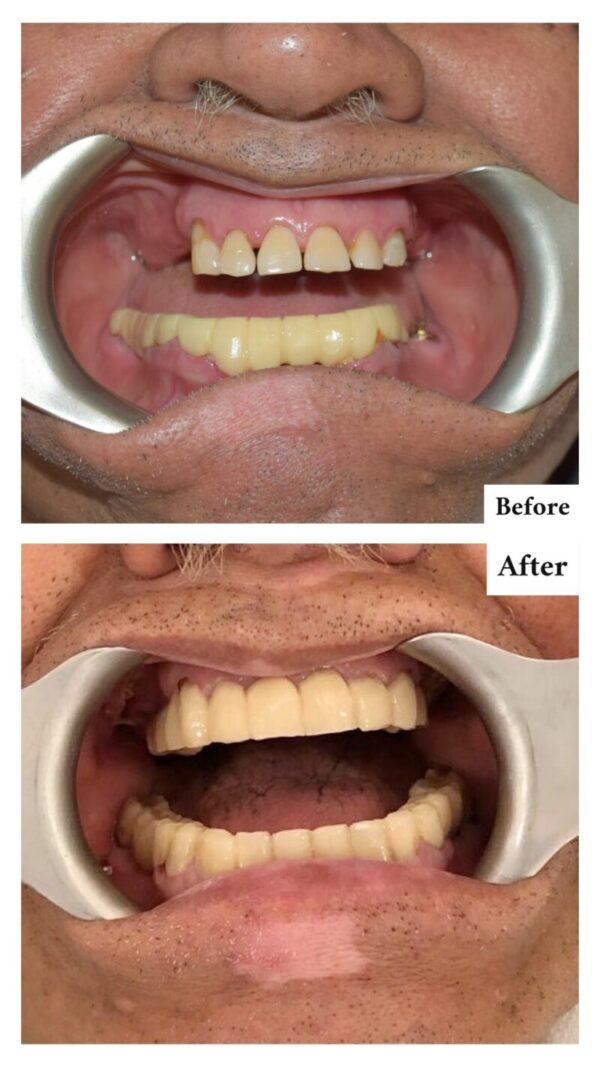
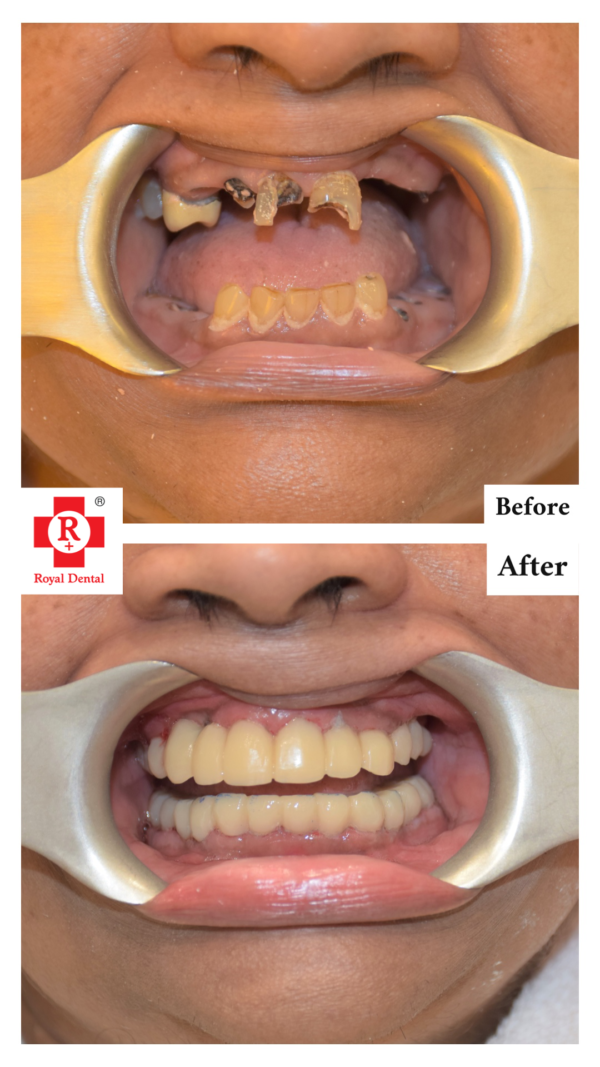
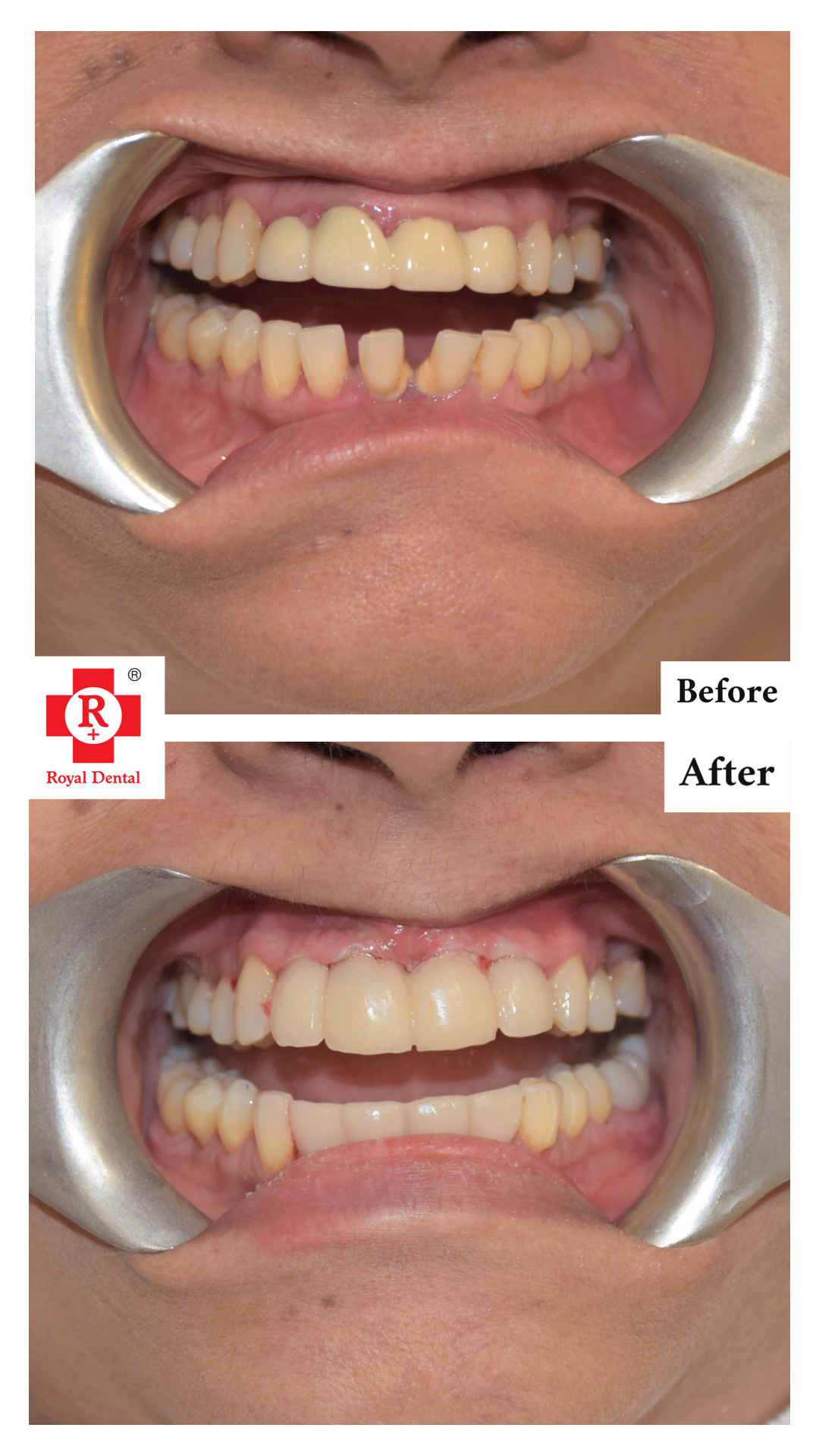
Periodontal (gum) recession: This is when the gums begin to recede from the teeth. If left untreated, it can result in tooth loss.
Excessive bleeding: This can occur if the patient has poor blood clotting.
Bone loss: This is when the jawbone begins to degenerate. If left untreated, it can result in the implant becoming loose or falling out of the jaw.
Final words
A basal implant is a safe and effective treatment for replacing missing teeth. It is best to have this procedure done before tooth loss occurs, as the procedure is more challenging and less effective once teeth have been removed. If you are missing a tooth and are not happy with your current one, basal implant may be a viable option for you. A basal implant can be used in different procedures, such as the fabrication of fixed dental prostheses and osseointegrated prostheses. It is available in different lengths, diameters, and lengths depending on your specific needs.



